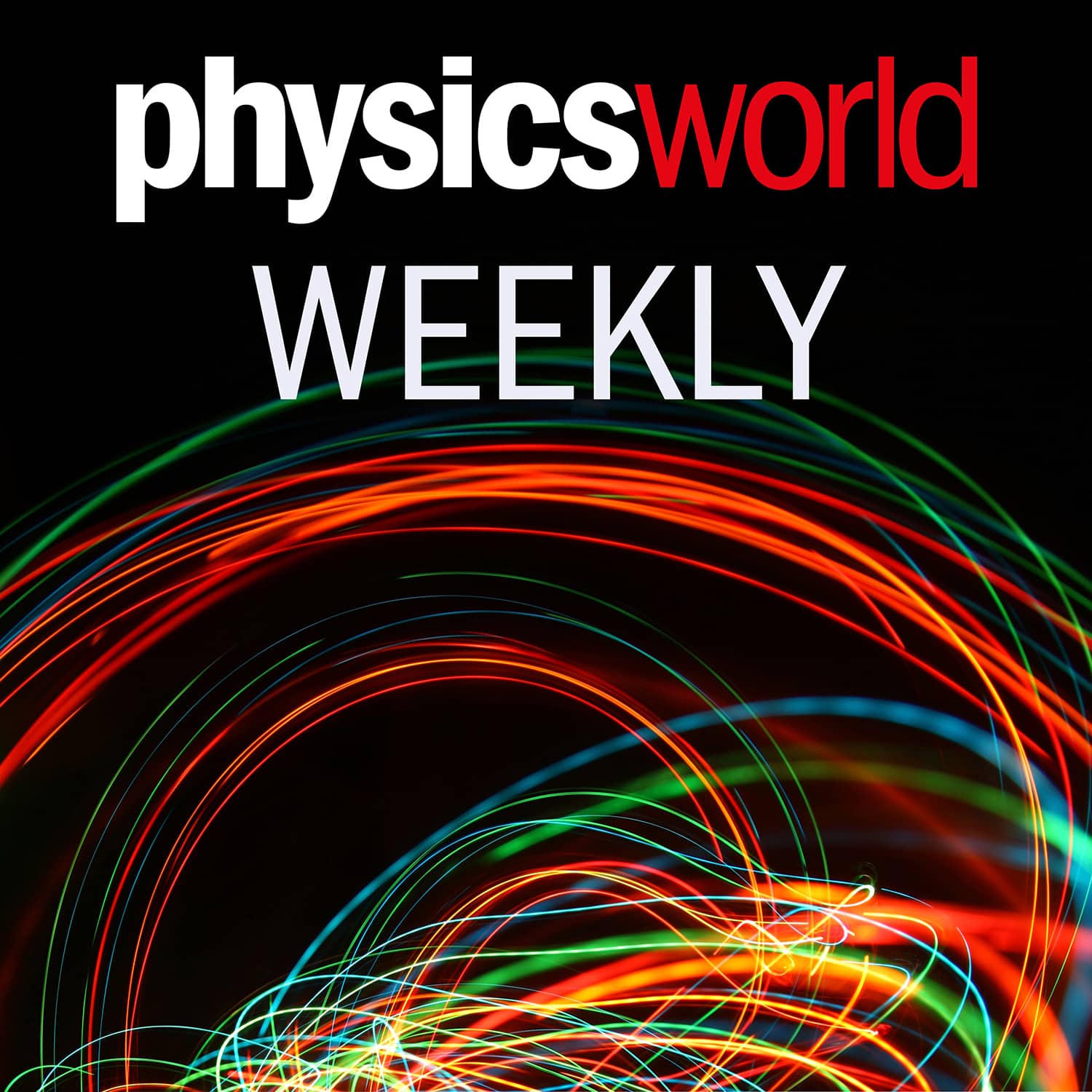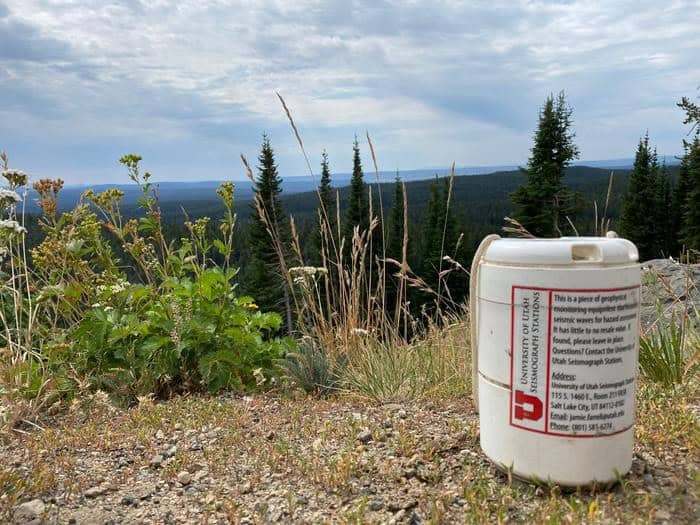Beneath the breathtaking grandeur of Yellowstone National Park, a fiery secret lies hidden. For decades, scientists have pondered the location of the supervolcano’s magma reservoir – the molten heart that could one day erupt with catastrophic force. Now, a groundbreaking study by geophysicists has finally pinned down this subterranean powerhouse, providing unprecedented insight into the forces shaping this iconic landscape.

Yellowstone’s Molten Heart: A Seismic Peek into Supervolcano Risks
Mapping the Magma Reservoir:

Geophysicists utilized truck-mounted seismic sources and a network of portable seismometers to create artificial earthquakes. This generated S- and P-waves that bounced off the magma reservoir, revealing its depth and composition.
The precise location of the magma reservoir’s top, 3.8 km below the surface, was established, providing a valuable data point for understanding Yellowstone’s volcanic activity.
The study uncovered an 86% solid rock composition within the upper portion of the reservoir, with the remaining 14% comprised of a mixture of molten rhyolite, volatile gases (primarily supercritical water), and liquids.
Decoding the Chamber’s Behavior:

By pinpointing the reservoir’s location, geophysicists and seismologists from Rice University and the universities of Utah, New Mexico, and Texas at Dallas, hope to develop more accurate predictions of when this so-called “supervolcano” will erupt again.
Yellowstone is America’s oldest national park, and it owes its spectacular geysers and hot springs to its location above one of the world’s largest volcanoes.
The last major eruption of the Yellowstone supervolcano happened around 630,000 years ago, and was violent enough to create a collapsed crater, or caldera, over 60 km across.
Though it shows no sign of repeating this cataclysm anytime soon, it is still an active volcano, and it is slowly forming a new magma reservoir.
Previous estimates of the depth of this magma reservoir were highly imprecise, ranging from three to eight kilometers.
Scientists also lacked an accurate location for the reservoir’s top and were unsure how its properties changed with increasing depth.
The latest results, from a team led by Brandon Schmandt and Chenglong Duan at Rice and Jamie Farrell at Utah, show that the reservoir’s top lies 3.8 km below the surface.
They also show evidence of an abrupt downward transition into a mixture of gas bubbles and magma filling the pore space of volcanic rock.
The gas bubbles are made of mostly H2O in supercritical form and the magma comprises molten silicic rock such as rhyolite.
Creating artificial seismic waves Duan and colleagues obtained their result by using a mechanical vibration source (a specialized truck built by the oil and gas firm Dawson Geophysical) to create artificial seismic waves across the ground beneath the northeast portion of Yellowstone’s caldera.
They also deployed a network of hundreds of portable seismometers capable of recording both vertical and ground vibrations, spaced at 100 to 150-m intervals, across the national park.
“Researchers already knew from previous seismic and geochemical studies that this region was underlain by magma, but we needed new field data and an innovative adaptation of conventional seismic imaging techniques,” explains Schmandt.
The new study, he tells Unionjournalism, is “a good example of how the same technologies are relevant to energy industry imaging and studies of natural hazards”.
Over a period of a few days, the researchers created artificial earthquakes at 110 different locations using 20 shocks lasting 40 seconds apiece.
This enabled them to generate two types of seismic wave, known as S- and P-waves, which reflect off molten rock at different velocities.
Using this information, they were able to locate the top of the magma chamber and determine that 86% of this upper portion was solid rock.
The rest, they discovered, was made up of pores filled with molten material such as rhyolite and volatile gases (mostly water in supercritical form) and liquids in roughly equal proportion.
Importantly, they say, this moderate concentration of pores allows the volatile bubbles to gradually escape to the surface so they do not accumulate and increase the buoyancy deeper inside the chamber.
This is good news as it means that the Yellowstone supervolcano is unlikely to erupt anytime soon.
A key aspect of this analysis was a wave-equation imaging method that Duan developed, which substantially improved the spatial resolution of the features observed.
“This was important since we had to adapt the data we obtained to its less than theoretically ideal properties,” Schmandt explains.
The work, which is detailed in Nature, could also help scientists monitor the eruption potential of other volcanos, Schmandt adds.
This is because estimating the accumulation and buoyancy of the volcanic system under Yellowstone National Park works.
Co-author Brandon Schmandt, professor of Earth, environmental and planetary sciences, is quoted.
Schmandt and postdoctoral associate Chenglong Duan are quoted in two articles.
Buoyancy Control and Eruption Potential

The moderate concentration of pores within the reservoir allows for the gradual escape of volatile bubbles, preventing their accumulation and reducing the likelihood of a massive eruption. This is good news as it means that the Yellowstone supervolcano is unlikely to erupt any time soon.

Implications for Future Eruptions
Scientists can now better assess the risks associated with future eruptions by monitoring changes in the reservoir’s composition and pressure. This information can be used to develop more accurate eruption predictions, allowing for timely evacuations and mitigation strategies.
Supervolcanic Activity Explained
The study sheds light on the complex processes governing supervolcanoes and how their internal structures influence eruptive behavior. By understanding these processes, scientists can better predict the behavior of other supervolcanoes, such as those under Lake Toba in Indonesia and Lake Nyasa in Africa.
Looking Ahead: Monitoring and Mitigation
Adapting Seismic Imaging Technologies
The wave-equation imaging method developed for this study can be applied to monitor other volcanic systems, providing valuable insights into their potential hazards. This technology can be used to create detailed images of magma reservoirs and track changes in their composition and pressure.
Improving Eruption Predictions
This detailed understanding of Yellowstone’s magma reservoir can contribute to more accurate eruption predictions, allowing for timely evacuations and mitigation strategies. By monitoring changes in the reservoir’s composition and pressure, scientists can better predict the likelihood and potential impact of future eruptions.
Global Impact of Supervolcanic Eruptions
The findings highlight the global implications of supervolcanic eruptions and the importance of ongoing research and monitoring efforts. Supervolcanic eruptions can have a significant impact on the global climate, causing widespread cooling and potentially even triggering a new ice age.
Conclusion
In a groundbreaking study, geophysicists have successfully pinpointed the location of Yellowstone’s magma reservoir, a long-sought goal that has captivated scientists for decades. The research, published in Physics World, employed advanced imaging techniques to map the complex subsurface structure of the Yellowstone caldera, revealing a vast, partially molten chamber beneath the surface. This breakthrough not only sheds new light on the mechanics of volcanic systems but also has significant implications for our understanding of geological processes and natural hazard mitigation.
The discovery of Yellowstone’s magma reservoir has far-reaching consequences for seismology, volcanology, and geothermal research. By accurately locating and characterizing the reservoir, scientists can better predict volcanic eruptions and assess the risks associated with geothermal activity. Furthermore, this knowledge can inform strategies for mitigating the impacts of future eruptions and optimizing the use of geothermal energy resources. As our understanding of Yellowstone’s subsurface dynamics continues to evolve, we can expect significant advancements in our ability to monitor and manage these complex systems.
As we continue to probe the mysteries of Yellowstone’s inner workings, we are reminded that the Earth’s subsurface is a realm of incredible complexity and dynamism. By pushing the boundaries of scientific inquiry and advancing our knowledge of the Earth’s internal processes, we can better prepare for the challenges and opportunities that lie ahead. As we stand at the threshold of a new era in geophysical research, one thing is clear: the secrets hidden beneath our feet hold the key to a deeper understanding of our planet and our place within it. The question remains: what other secrets lie waiting to be uncovered?
